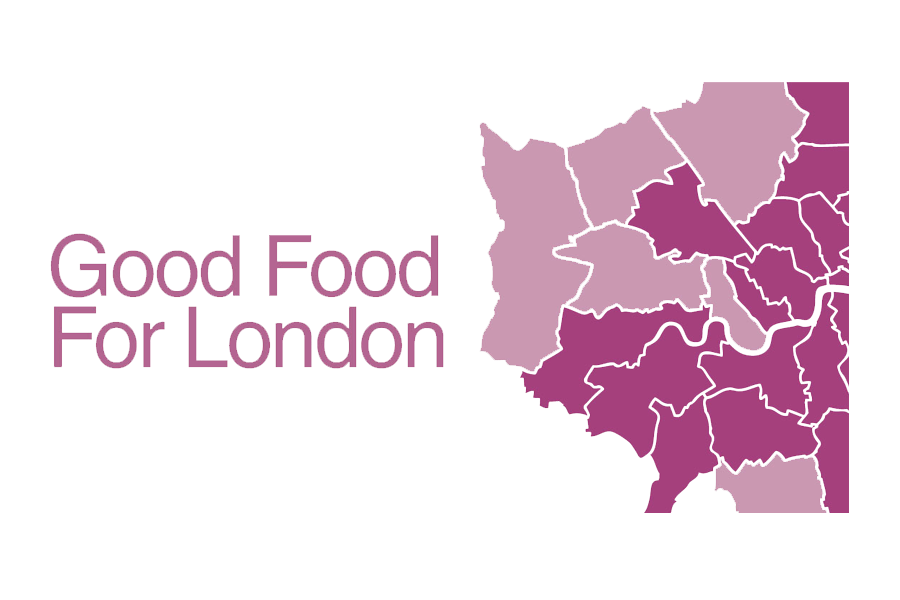Sustain • Good Food For London
Taking a placed based approach to tackling childhood obesity

All over the world, you’re more likely to be obese living in an urban environment than a rural one. And in many developed countries, you’re also now more likely to be obese if you are poor. London has more overweight and obese children than any other major global city, and the boroughs of Lambeth and Southwark, where Guy's & St Thomas' Charity focus our work, encapsulate many of the reasons why.
They are densely populated areas, have high population churn, high rates of income inequality and a complex ethnic and social mix. One in four local children aged four to five are obese or overweight, rising to two in five by age 10. The differences in rates between the most deprived and least deprived wards are more than double.
Through our ten-year Childhood Obesity Programme, we aim to work in partnership with others to reduce this ‘obesity deprivation gap’, bringing the rates in the most deprived areas in line with wealthier ones. We’re focussing on homes, schools and streets – the environments where children and families spend their time and have impact across childhood and adolescence. We’re looking at what features of these spaces are driving behaviour around eating and everyday activity. We’re working at both a neighbourhood and borough level. This is to layer up solutions that create intensive impact at a hyperlocal level, as well as tackling more systemic obstacles that exist at a larger scale. Using our funding and expertise, we’re backing evidenced approaches from around the world, home-grown initiatives and exciting, brand-new ideas.
Principles for tackling childhood obesity
These principles draw together practical ways to develop a programme in line with the latest behavioural evidence around the drivers of obesity. They pay particular attention to the interaction between the urban environment and our psychology and can be used to guide an overall strategy or specific projects.
1. Design for maximum impact
Universal and preventative interventions
- Where possible, seek to make interventions universal across the population but more intense for those most disadvantaged. Universal and preventative interventions have the greatest potential for impact.
Interventions focussed exclusively on those that volunteer are likely to only target those that are motivated.
Recognise the value of a harm reduction approach
- Adopt a strategy of harm reduction and substitution rather than expecting step changes in behaviours.
- Beware of “health halos” when encouraging a behaviour. For example interventions that promote explicitly healthy choices may only be taken up by those that identify with a healthy lifestyle. Or interventions may be less effective if people compensate, for example eating a larger serving of a ‘low fat’ food or treating themselves to dessert if they order a salad.
Physical activity is secondary to calorie consumption
- Physical activity should be promoted among children for a host of health and social reasons; but no one can outrun a bad diet.
- To combat childhood obesity an 80-20 split in the focus on diet over exercise is a good rule of thumb for a portfolio of interventions.
2. Make healthy choices easier
Make uptake and participation easy
- Ensure intervention is as easy as possible to take part in and remain engaged with.
- Have realistic expectations of the amount of spare time and cognitive effort people have, particularly amongst people living in deprived areas for whom scarcity will have a disproportionate impact.
- Good intentions can quickly wane and interventions requiring time and effort are much less likely to be effective.
Look for marginal gains
- Any and all progress should be encouraged.
- We should not necessarily demand that people switch to conventionally healthy choices, as long as they’re improving on their previous behaviour.
Don’t only focus on education
- Purely educational interventions are less likely to be effective and have the potential to widen health inequalities.
- When information is provided it should be as easy to comprehend as possible and as close to the point of action as feasible. For example, simple signage at the point of purchase rather than a detailed nutritional information booklet in the post.
3. Change the environment
Reduce total food exposure
- Aim to reduce the availability and prominence of energy-dense food in the entire food environment. There is now an abundance of affordable energy-dense foods in an ever-wider range of retail outlets. Therefore, for example, a narrow focus on fast food outlets is likely to only tackle part of the problem.
Prioritise reducing unhealthy choices
- Promoting healthier foods may encourage substitution away from less healthy options and encourage good habits. However, simply increasing consumption of healthier foods without a reduction of less healthy foods will not reduce or prevent childhood obesity. Focusing on reducing the consumption of unhealthy foods will have the most meaningful impact.
Promote incidental physical activity
- Incidental physical activity interventions such as active travel are easy to begin and to incorporate into daily life.
- An added benefit is that the risk of compensatory behaviour - having an extra portion because you exercised - is reduced compared to more intense, organised exercise.
Combine multiple interventions
- There is no single solution to the childhood obesity problem but combining multiple, modest but meaningful interventions has the greatest potential.
- Get started on individual components rather than waiting for a single comprehensive programme, which can be built up over time.
- Not only is this a more feasible approach to generating impact, allowing for testing and learning, but is also more sustainable.
Find out more:
Sarah Hickey
Programme Director
Guy’s & St Thomas’ Charity
www.gsttcharity.org.uk
Good Food For London: How London boroughs can help secure a healthy and sustainable food future

